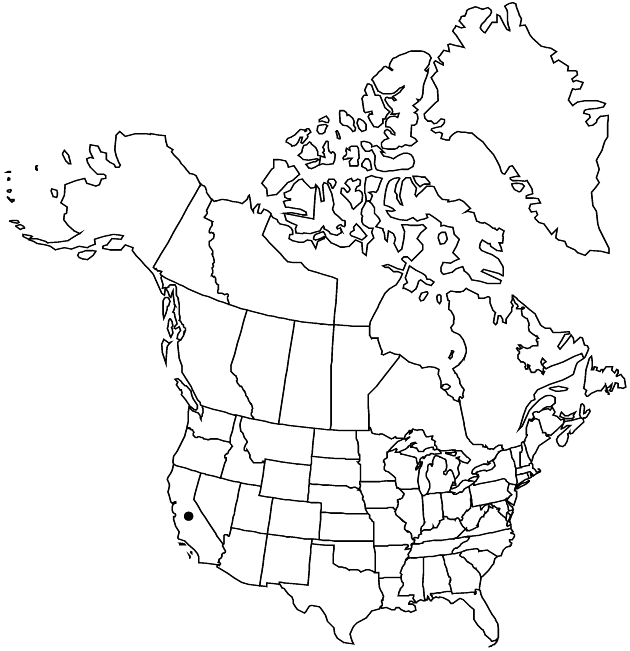Difference between revisions of "Layia chrysanthemoides"
Proc. Amer. Acad. Arts 7: 360. 1868.
FNA>Volume Importer |
imported>Volume Importer |
||
| (2 intermediate revisions by 2 users not shown) | |||
| Line 6: | Line 6: | ||
|place=7: 360. 1868 | |place=7: 360. 1868 | ||
|year=1868 | |year=1868 | ||
| + | }} | ||
| + | |special_status={{Treatment/ID/Special_status | ||
| + | |code=E | ||
| + | |label=Endemic | ||
}} | }} | ||
|basionyms={{Treatment/ID/Basionym | |basionyms={{Treatment/ID/Basionym | ||
| Line 55: | Line 59: | ||
|publication title=Proc. Amer. Acad. Arts | |publication title=Proc. Amer. Acad. Arts | ||
|publication year=1868 | |publication year=1868 | ||
| − | |special status= | + | |special status=Endemic |
| − | |source xml=https:// | + | |source xml=https://bitbucket.org/aafc-mbb/fna-data-curation/src/2e0870ddd59836b60bcf96646a41e87ea5a5943a/coarse_grained_fna_xml/V19-20-21/V21_646.xml |
|tribe=Asteraceae tribe Heliantheae | |tribe=Asteraceae tribe Heliantheae | ||
|subtribe=Asteraceae (tribe Heliantheae) subtribe Madiinae | |subtribe=Asteraceae (tribe Heliantheae) subtribe Madiinae | ||
Latest revision as of 20:13, 5 November 2020
Plants 4–53 cm (self-incompatible); not glandular, not strongly scented. Stems not purple-streaked. Leaf blades lanceolate or oblanceolate to linear, 5–120 mm, margins (basal leaves) lobed to pinnatifid. Involucres hemispheric or depressed-hemispheric, 4–12 × 4–14+ mm. Phyllaries 6–16, apices often longer (sometimes shorter) than folded bases. Paleae subtending ± all disc florets. Ray florets 6–16; laminae usually proximally yellow, distally white or light yellow, rarely uniformly yellow throughout, 3–18(–24) mm. Disc florets 28–100+; corollas 3–5 mm; anthers ± dark purple. Ray cypselae glabrous. Disc pappi 0 or of 2–18 tawny, subulate to setiform, unequal scales 1–4 mm, each ± scabrous, not adaxially woolly. 2n = 16.
Phenology: Flowering Mar–Jun.
Habitat: Grasslands, open woodlands, often valley bottoms, disturbed sites, edges of vernal pools, waterways, and salt marshes, usually on heavy soils, sometimes ± alkaline or saline
Elevation: 0–800 m
Discussion
Layia chrysanthemoides occurs from the western Great Valley to the coast in northern and central California. Molecular and morphologic data have indicated that L. chrysanthemoides is most closely related to L. fremontii (B. G. Baldwin, unpubl.); the two species are reportedly highly interfertile (natural hybrids have not been reported; J. Clausen 1951).
Selected References
None.
